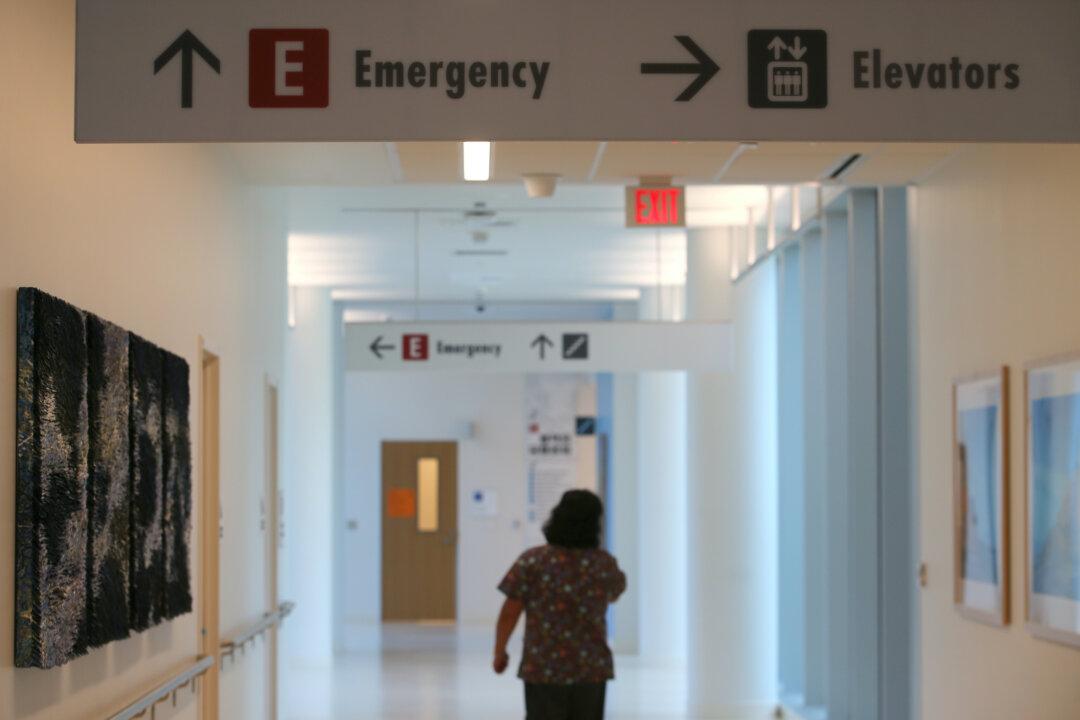LONDON/SINGAPORE—The U.S. dollar hovered near a six-month high on Monday as traders looked ahead to interest rate decisions from the Federal Reserve, the Bank of England, and the Bank of Japan this week.
The euro was roughly flat against the dollar at $1.0658. Japan’s yen was little changed at 147.69 to the dollar, with the country’s traders out for a public holiday.





